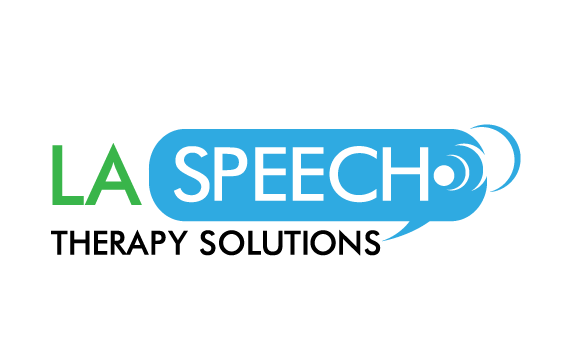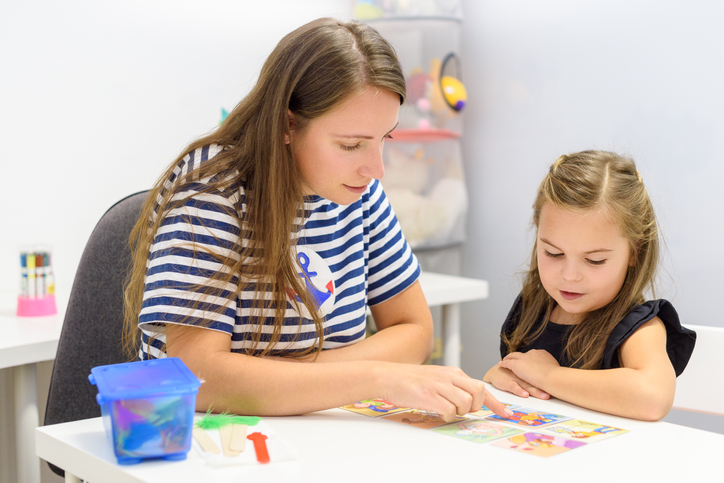
Raising a healthy, happy child is the goal of every parent. As your child grows, it can be difficult to determine if they are developing as expected. If you feel something is off, pediatric occupational therapy services may be able to help. Paying attention to certain signs and symptoms can let you know when it’s time to seek professional help from a pediatric occupational therapist. This article will explore the common warning signs that your child may need pediatric occupational therapy.
Signs your child may need occupational therapy
Children who may benefit from pediatric occupational therapy services typically have difficulties with everyday activities that interfere with their academic, social, and physical development. Occupational therapy (OT) helps to improve a child’s ability to function in life skills, such as self-care, school performance, play skills, and leisure activities. Here are six signs that your child may benefit from professional OT services:
1. Fine motor delays.
Children with fine motor delays have trouble manipulating small objects using their hands, fingers, or arms. Children with fine motor delays may have trouble learning to use utensils, tie shoes, button clothing, or draw pictures.
2. Gross motor delays.
Children with gross motor delays have difficulty using large muscles to move their bodies. They may have trouble with running, jumping, climbing stairs, or holding a pencil correctly.
3. Speech and language delays.
Children with speech and language delays have trouble talking or using words correctly. They may have trouble understanding others when they talk, have trouble following simple directions, or ask the same question repeatedly.
5. Avoidance of certain textures or surfaces.
If your child avoids specific textures, they may have a sensory processing disorder. Professional pediatric occupational therapy services will help your son or daughter overcome this condition with fun activities to prevent the situation from becoming scary. It is rewarding to watch a health professional demonstrate an ability to help a child who you were once convinced would not ever fulfill your expectations.
6. Uses both hands when playing.
Many children may prefer to use one hand or the other when they play, and this is not a cause for concern. However, if your child uses both hands when playing and has never had any issues with their dominant hand, this may be an early sign of autism spectrum disorder (ASD).
In summary, it is essential to be your child’s advocate and watch for signs of developmental delays. It is normal for children to have quirks, but if you have concerns about the behavior of your son or daughter, visit their pediatrician or a specialist in pediatric occupational therapy.
What is needed for a proper evaluation?
When it comes to evaluating whether or not your child needs pediatric occupational therapy services, several key factors need to be taken into consideration. A thorough evaluation should involve an assessment of the child’s strengths and weaknesses in areas such as sensory processing, fine motor skills, visual-motor integration, coordination, and overall functional ability.
This evaluation can be accomplished through a variety of tools and techniques, including direct observations of the child’s performance in various activities, standardized tests, and interviews with parents and teachers about the child’s abilities and development history.
Furthermore, the pediatric occupational therapist needs to consider the context within which the behaviors occur so that they can have a better understanding of how to support their clients in achieving greater success. Gathering this detailed information will help ensure that any prescribed interventions are appropriate for each individual situation.
Which types of pediatric occupational therapy are most appropriate for children?
Pediatric occupational therapy can be a great tool for children who are struggling with physical, cognitive, or developmental difficulties. It is important to have an understanding of the different types of OT available and which one might be most appropriate for your child.
Sensory integration therapy
Sensory integration therapy is commonly used with children and adolescents who have difficulty regulating their emotions or managing their behavior in certain situations. The therapist will work on helping the child recognize and understand how their body responds to sensory input as well as develop strategies to help them cope with difficult sensations.
Motor skills development therapy
Another type of OT that may be beneficial for children is gross motor skills development. This type of therapy focuses on helping the child build strength, balance, and coordination. Motor skills development therapy often involves the use of a physical therapist working with the child in an environment that resembles a playground.
The therapist will help the child develop skills through play activities, such as catching balls, climbing, or walking on balance beams. In children with ASD, early diagnosis and intervention are important. In the United States, The American Academy of Pediatrics (AAP) recommends that all children be screened for autism at 18 and 24 months of age. If autism is suspected, a comprehensive evaluation should be performed by a multidisciplinary team of professionals, including pediatricians, child psychologists, and school officials.
Speech and physical therapies
Physical therapy can help children with autism improve their mobility, coordination, and balance. While parents may want to help their child with ASD when he or she is learning to walk, physical therapists can provide the child with the support and guidance that will be most helpful.
Children with autism are often delayed in their speech and language skills. These delays can make it more difficult for them to communicate their needs, which can lead to frustration and tantrums.
LA Speech Therapy Solutions
Reputable pediatric occupational therapy services
Speech therapy can help children develop their language skills and learn to express themselves more effectively. Children with ASD also may have difficulty with social interactions—which can include trouble making eye contact, not understanding other people’s feelings or emotions, or having an unusual attachment to a specific object.
Depending on the severity of their symptoms, children with ASD may have difficulty speaking, understanding language, or showing empathy. Occupational therapy can help children develop the skills they need to make friends and communicate with others. Through occupational therapy, children will also learn how to use everyday objects safely and appropriately. For more information on professional and reputable pediatric occupational therapy services and their many benefits, contact La Speech Therapy Solutions today.





